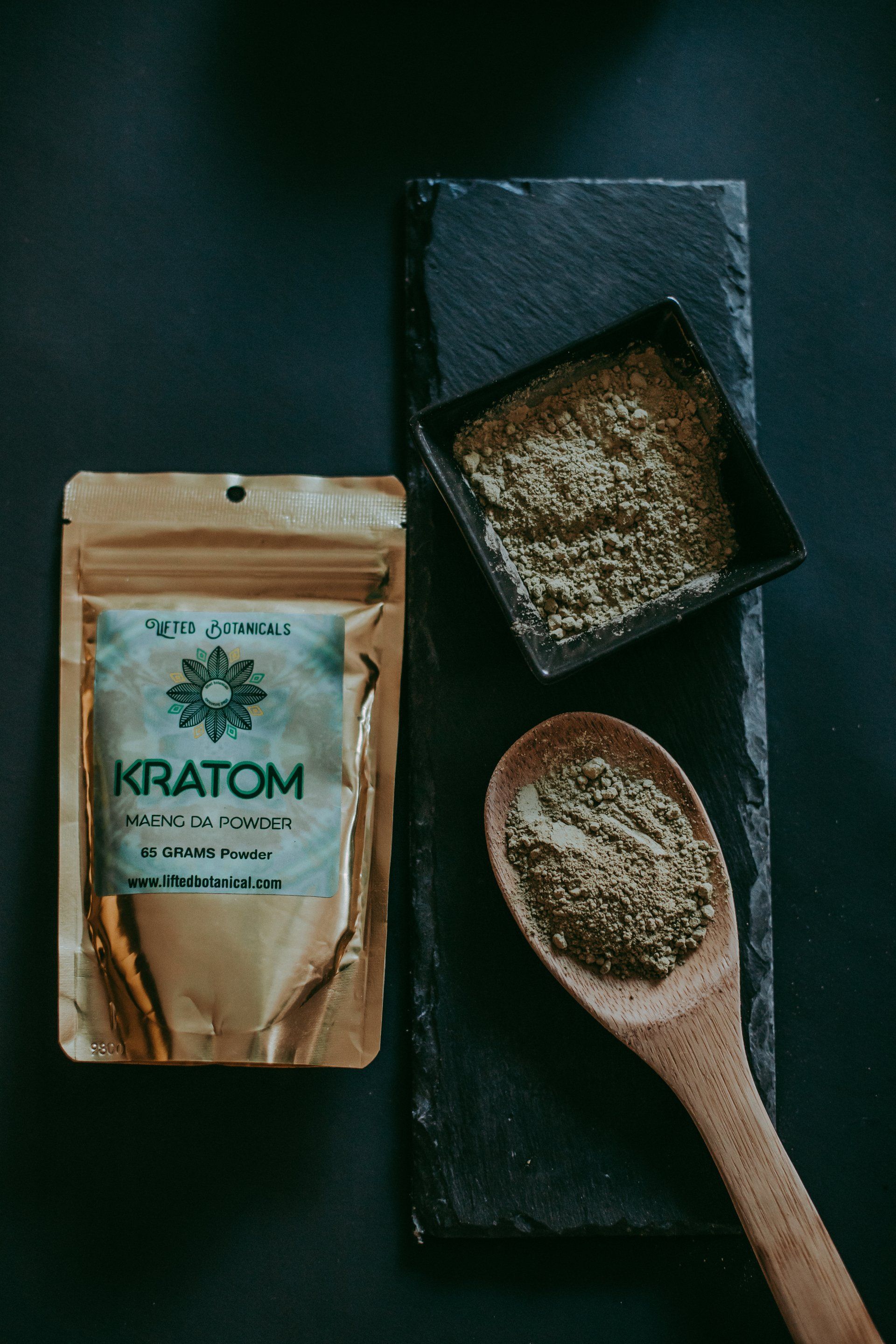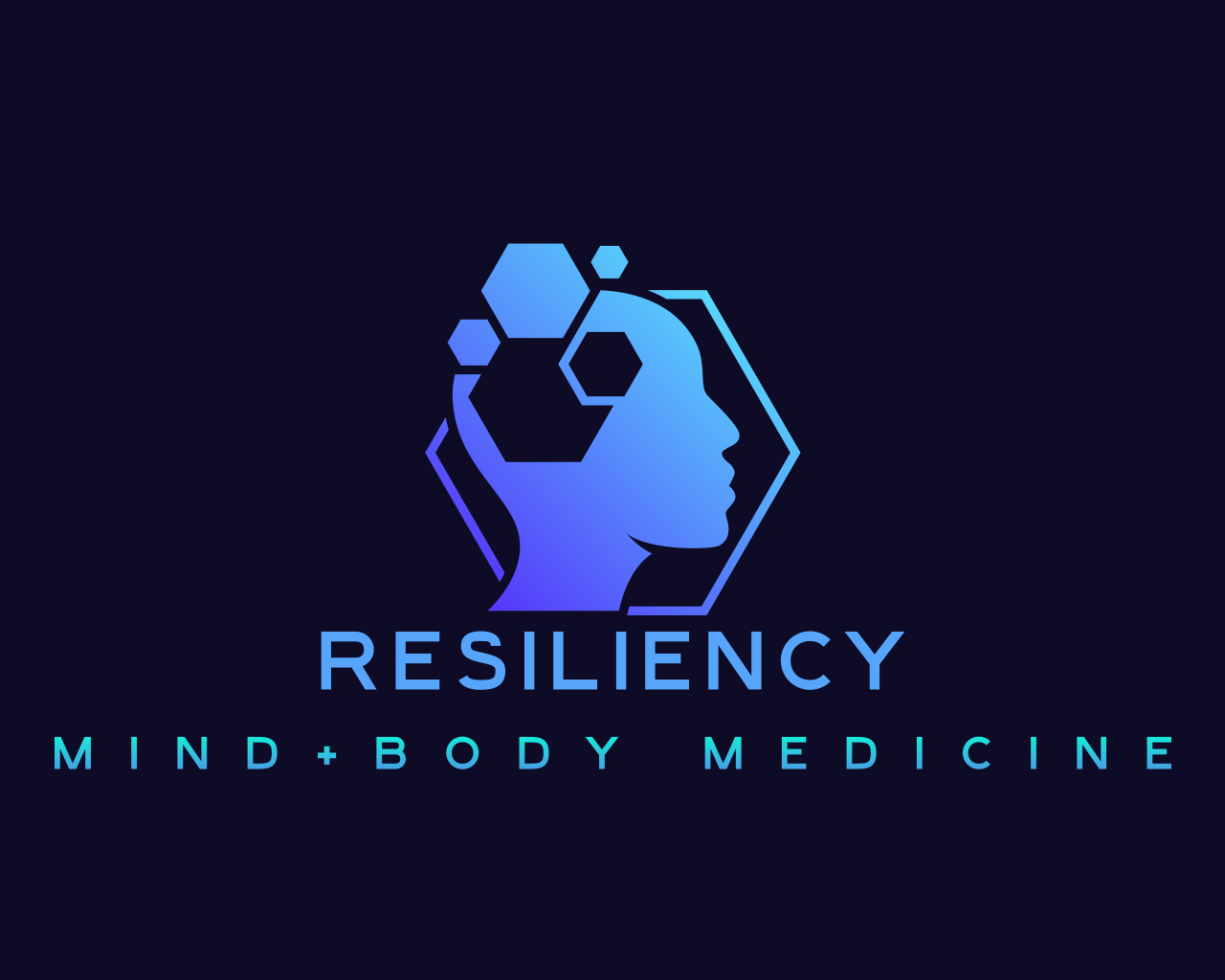Restless Legs after Opioid Use
How can you relieve Restless Leg Syndrome after Opioid detox?
Restless Leg Syndrome (RLS) is a distressing symptom clinicians sometimes see in people coming off of opioids in early detox, with symptoms lasting up to several weeks. This phenomenon is poorly studied, but there are case reports demonstrating that up to 13% of people detoxifying from opioids report symptoms of RLS with co-occurring mental health symptoms including restlessness, insomnia, agitation, anxiety, and depression from the RLS. For some people, this condition can be so distressing and uncomfortable that it can trigger opioid relapse, depression, anxiety, even thoughts of self-harm.
Restless Leg Syndrome-What is it?
RLS is a condition where the person feels an uncontrollable urge to move their legs, usually at night when lying in bed. Movement can often relieve the symptoms but exacerbate insomnia. Some people also experience periodic limb movement of sleep, a condition of leg twitches and kicks during sleep which can cause frequent awakenings at night and disturb sleeping partners. It presents in both legs, and occasionally can effect both arms in severe cases. Over time chronic sleep disturbance from RLS can lead to severe mental and physical health changes.
People often describe the sensation as:
- crawling
- creeping
- pulling
- throbbing
- aching
- itching
- electric
Why does RLS occur when Opioid Use stops?
Opioids modulate the dopamine system via their receptors and change the brain's sensitivity to dopamine. This is part of the pathway that creates a euphoria effect when using opioids. Stopping opioids can disturb the dopamine system by leading to a sudden decrease in dopamine, which can lead to a transient dopamine dysfunctional state and trigger RLS symptoms.
What are some treatment options?
Treatment guidelines for RLS after Opioid Use are sparse, although several clinical studies are in process. Primary treatment involves medication recommendations used in non-Opioid induced RLS, with some additional recommendations below from my own clinical experience treating RLS.
Symptoms can be minimized or avoided if a patient meets criteria for buprenorphine/naloxone (Suboxone) use for OUD detoxification and medication assisted treatment for Opioid Use Disorder. See my previous Blog Post for more information about Suboxone MAT and how it can help prevent overdose and relapse.
Non-Opioid Options for RLS:
- Dopamine agonists: pramipexole and ropinirole
- Anticonvulsants: carbamazepine, gabapentin, pregabilin-->both gabapentin and pregablin have potential for dependency and abuse so utilize caution if using these in early recovery
- Anti-hypertensives: clonidine, Lucemyra
- Dopamine agonist: cabergoline, levodopa/carbidopa
- Iron replacement when serum ferritin is low
- OTC remedies: magnesium malate (Mag Calm) , pyridoxine (vitamin B6), tonic water with quinine (avoid in patients with cardiac history), Hyland's Restful Legs tablets
References
Young-Min Park, MD, PhD, Department of Psychiatry, Ilsan Paik Hospital, Inje University College of Medicine, 170 Juhwa-ro, Ilsanseo-gu, Goyang 10380, Korea., Opioid Withdrawal and Restless Legs Syndrome. Chronobiology in Medicine. Published online: December 15, 2020. DOI: https://doi.org/10.33069/cim.2020.0026
Walters AS. Opioids and restless legs syndrome. Lancet Neurol. 2013 Dec;12(12):1128-9. doi: 10.1016/S1474-4422(13)70248-5. Epub 2013 Oct 18. PMID: 24140443.
Mackie SE, Winkelman JW. Therapeutic Utility of Opioids for Restless Legs Syndrome. Drugs. 2017 Aug;77(12):1337-1344. doi: 10.1007/s40265-017-0773-6. PMID: 28616844.
Mackie SE, McHugh RK, McDermott K, Griffin ML, Winkelman JW, Weiss RD. Prevalence of restless legs syndrome during detoxification from alcohol and opioids. J Subst Abuse Treat. 2017;73:35-39. doi:10.1016/j.jsat.2016.10.001




